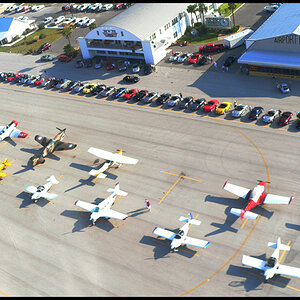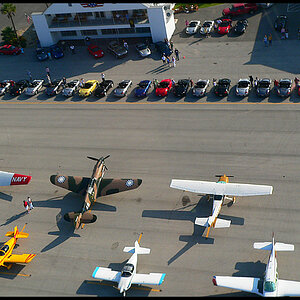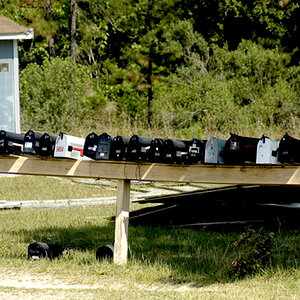PropilotBW
Been spending a lot of time on here!
- Joined
- Feb 7, 2013
- Messages
- 2,009
- Reaction score
- 675
- Location
- Atlanta, GA, USA
- Can others edit my Photos
- Photos OK to edit
I have been thinking a lot lately about moving to the compact systems. It's a hard concept to grasp, but I've also read posts where people will never look back. And I travel for a living, and size matters....thus I am intrigued.
Anyway, As far as the thread title is concerned, it appears the Fuji sensor is identical in size to a crop sensor DSLR, whereas the OM-D series from Olympus is a micro 4/3.
My first thought is that the FUJI should be a much better sensor, especially in low light, due to it's size. Is this accurate thought? Or are there other considerations that I'm missing?
The next question or thought:
If I would go with an Olympus system with their M4/3 sensor, and they would come out with a larger CMOS sensor sometime down the line, all those lenses that I would have purchased for the M4/3 sensor are now useless (or similar to using a DX lens on an FX frame).
I see that there are a lot of users on here who have the Fuji system. Olympus also looks like a front runner in the compact system race.
Thanks for your thoughts!
Anyway, As far as the thread title is concerned, it appears the Fuji sensor is identical in size to a crop sensor DSLR, whereas the OM-D series from Olympus is a micro 4/3.
My first thought is that the FUJI should be a much better sensor, especially in low light, due to it's size. Is this accurate thought? Or are there other considerations that I'm missing?
The next question or thought:
If I would go with an Olympus system with their M4/3 sensor, and they would come out with a larger CMOS sensor sometime down the line, all those lenses that I would have purchased for the M4/3 sensor are now useless (or similar to using a DX lens on an FX frame).
I see that there are a lot of users on here who have the Fuji system. Olympus also looks like a front runner in the compact system race.
Thanks for your thoughts!


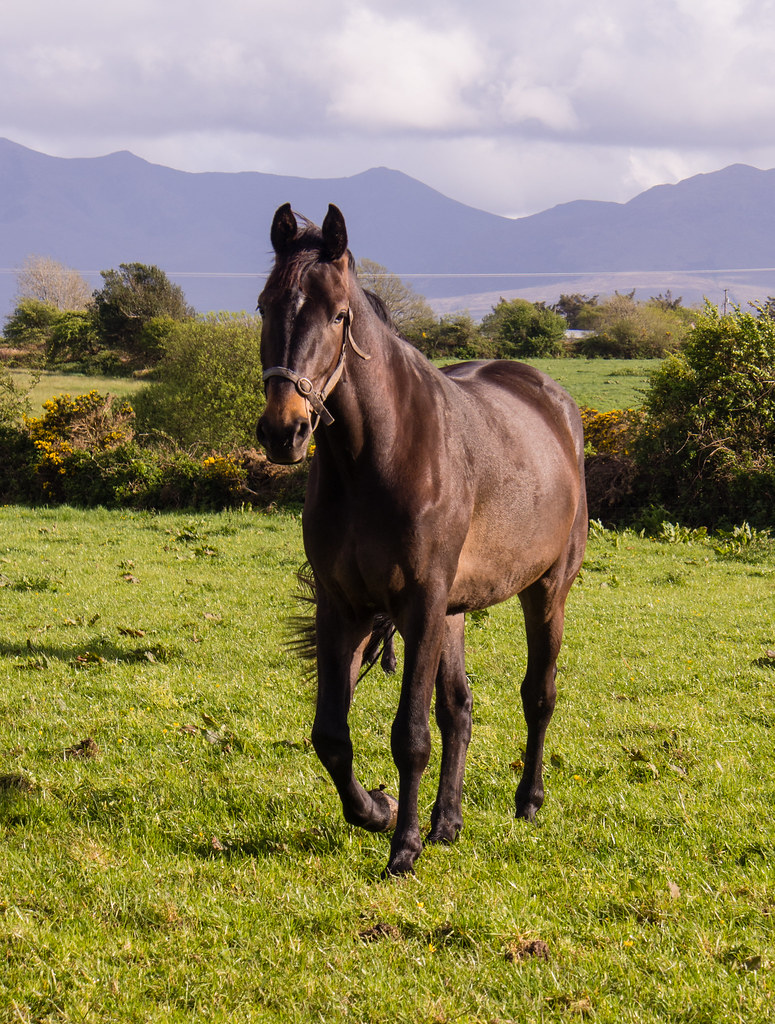
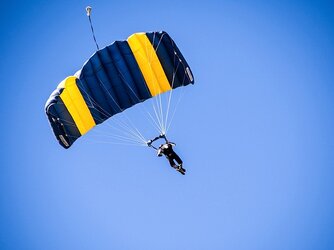




![[No title]](/data/xfmg/thumbnail/34/34138-0ecadfd41de9ae178e53528e0eb1a32c.jpg?1619736310)
![[No title]](/data/xfmg/thumbnail/31/31749-6cf0f99d6bdedf47f7387c5b943fb717.jpg?1619734989)
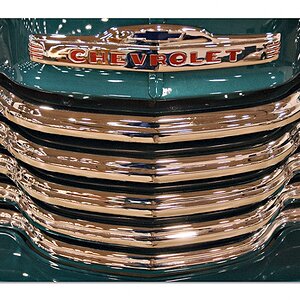
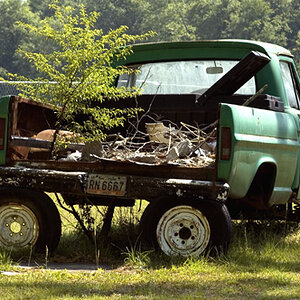
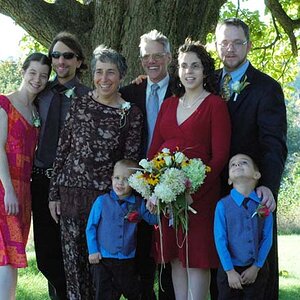
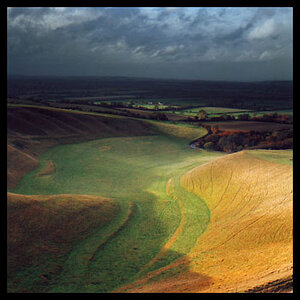
![[No title]](/data/xfmg/thumbnail/31/31746-12607d714ca2713b95250821c881aea9.jpg?1619734987)
